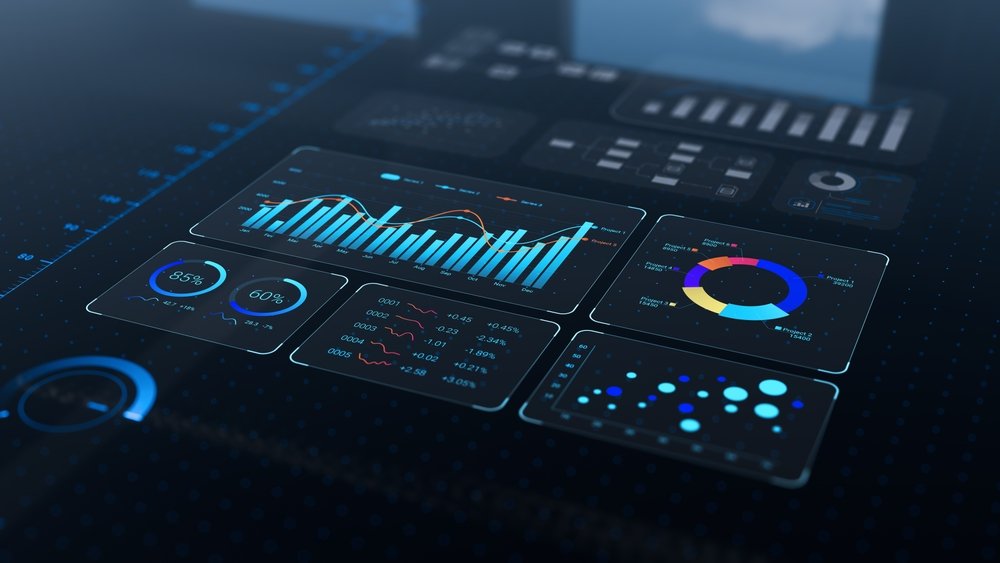Implementing HR Automation: A Step-by-Step Guide for Businesses

In today’s fast-paced and technology-driven world, businesses of all sizes are increasingly adopting HR automation to streamline processes, improve efficiency, and enhance employee experiences. Implementing HR automation can revolutionize your human resources department by reducing manual tasks, improving accuracy, and enabling data-driven decision-making.
This comprehensive step-by-step guide will walk you through the entire process of implementing HR automation in your business, covering everything from initial planning to long-term optimization.
“Implementing HR automation is not just about adopting technology—it’s about transforming how your business manages people, processes, and performance for sustainable growth.”
Richard Branson
Introduction to HR Automation
HR automation leverages technology to streamline core human resource functions like recruitment, onboarding, payroll, benefits administration, performance management, and compliance tracking. By automating repetitive and manual tasks, businesses can save valuable time, reduce operational costs, and enhance the accuracy of their HR processes. This shift not only improves overall efficiency but also allows HR teams to focus on strategic initiatives that drive employee engagement and organizational growth.
Step-by-Step Guide to Implementing HR Automation
Implementing HR automation starts with assessing current processes to identify inefficiencies and time-consuming tasks. Organizations should pinpoint pain points and set clear goals, such as improving onboarding, reducing payroll errors, or enhancing compliance. These objectives guide tool selection and measure the success of automation efforts.
Choosing the right software—like Workday or BambooHR—requires evaluating functionality, scalability, and integration with existing systems. It’s also vital to gain stakeholder buy-in by communicating the benefits, including cost savings, improved efficiency, and employee development opportunities.
With tools and support in place, create an implementation plan that outlines roles, timelines, and training needs. Conduct testing before launch, roll out the system in phases, and continuously monitor performance. Regular feedback and optimization help ensure long-term value and system success.

Benefits of HR Automation for Businesses
-
Improved Efficiency Automation handles repetitive tasks like data entry and scheduling, freeing HR teams to focus on strategy, employee development, and organizational growth with greater speed.
-
Employee Experience Self-service tools give employees quick access to records, benefits, and support, improving satisfaction, reducing wait times, and empowering individuals to manage their own information.
-
Cost Savings Automated workflows reduce administrative tasks and payroll errors, cut paper use, and limit compliance penalties—helping businesses lower overhead and maximize operational efficiency.
-
Data Insights HR automation tools deliver real-time analytics on performance, engagement, and trends, enabling smarter workforce planning and more informed, data-driven decision-making across departments.
Also Read: Customized vs. Off-the-Shelf HR Automation Solutions
Common Challenges in Implementing HR Automation
Implementing HR automation comes with several challenges that organizations must proactively address. Resistance to change is common, as employees may be hesitant to adopt new systems due to unfamiliarity or concerns about job displacement. Data security is another major concern, as handling sensitive employee information requires strong cybersecurity measures to prevent breaches. Integration issues can also arise, as aligning new tools with existing systems can be complex and time-consuming. Additionally, without sufficient training, users may struggle to adapt, resulting in low adoption rates and underutilization of the system’s full capabilities.
Case Studies: Successful HR Automation Implementations
A retail chain significantly improved its payroll operations by implementing an automated system that reduced processing time by 70% and minimized errors. As a result, employees received accurate, timely payments, leading to higher satisfaction and trust in HR processes. This shift not only enhanced operational efficiency but also reduced administrative strain on the HR team.
Meanwhile, a tech startup streamlined its hiring process using an AI-powered applicant tracking system (ATS), cutting time-to-hire by 40% and improving the quality of candidates. Real-time updates enhanced collaboration among hiring managers. In another case, a healthcare provider adopted compliance management tools to monitor regulatory changes and automate reporting, which helped reduce penalties and maintain adherence to industry standards effectively.

Future Trends in HR Automation
The future of HR automation will be shaped by advanced technologies like AI and machine learning, which will provide predictive analytics to help HR teams anticipate workforce needs and spot emerging trends. AI-powered chatbots will become standard tools for handling routine employee inquiries, offering immediate support while allowing HR staff to focus on more strategic initiatives. Additionally, automation platforms will increasingly integrate with wellness programs, giving employees easier access to health resources and promoting overall well-being and productivity across the organization.
Conclusion
Implementing HR Automation Services is a transformative step for businesses looking to enhance efficiency, reduce costs, and improve employee satisfaction. By following a structured approach, businesses can successfully deploy automation tools that align with their goals and deliver lasting value.
From assessing your needs to optimizing the system post-deployment, each step in the process is critical to ensuring the success of your HR automation journey. With the right strategy, tools, and training, businesses can unlock the full potential of HR automation and position themselves for long-term growth.






